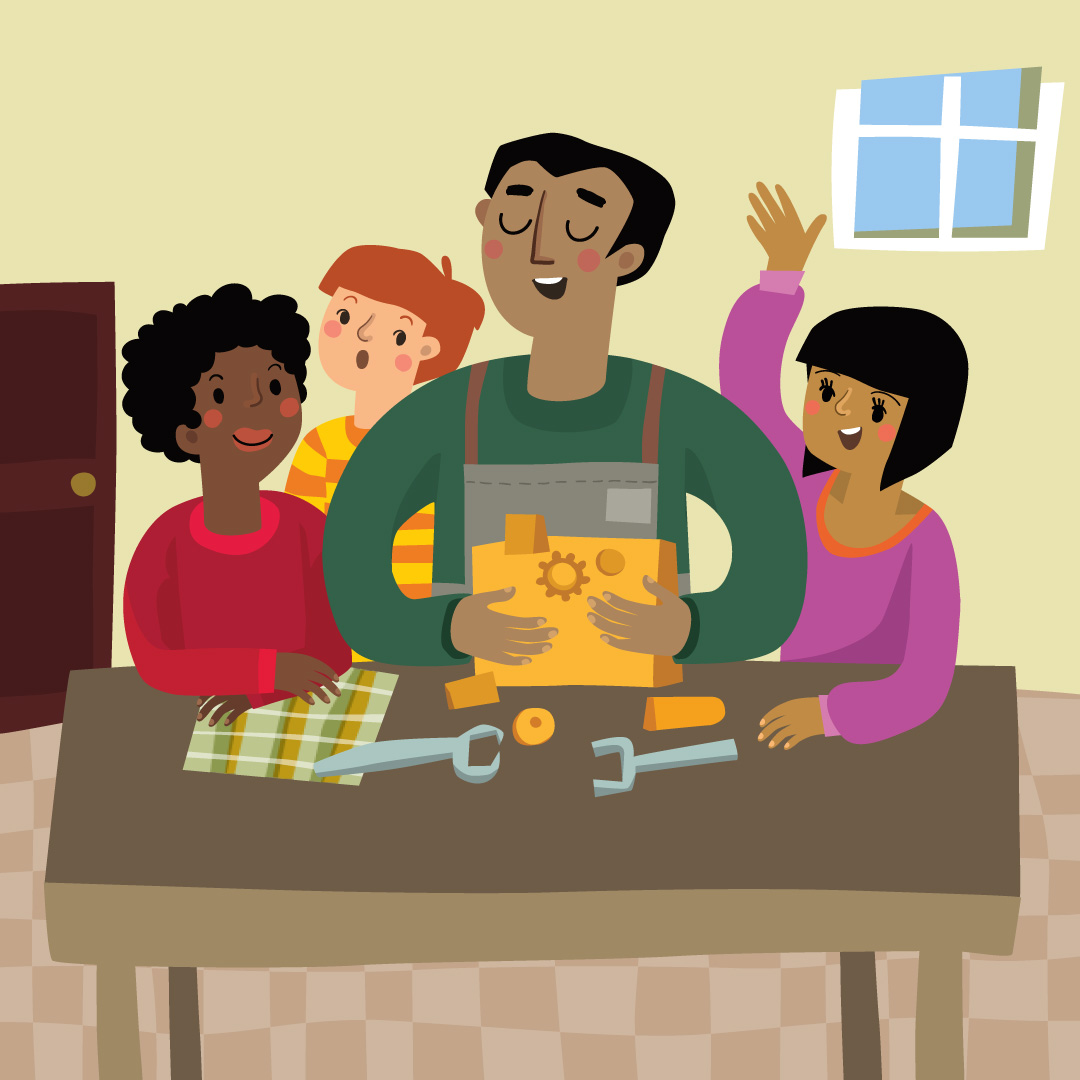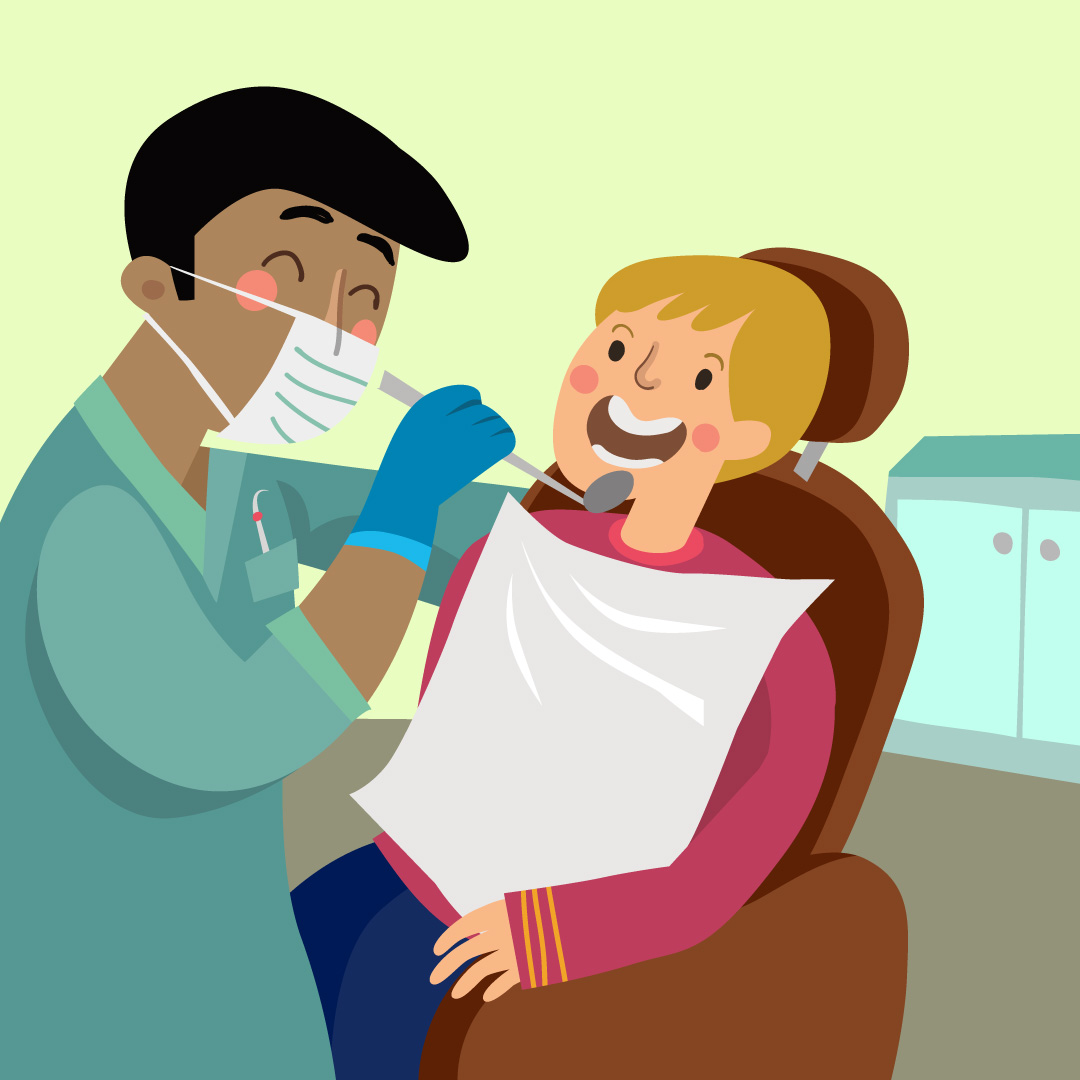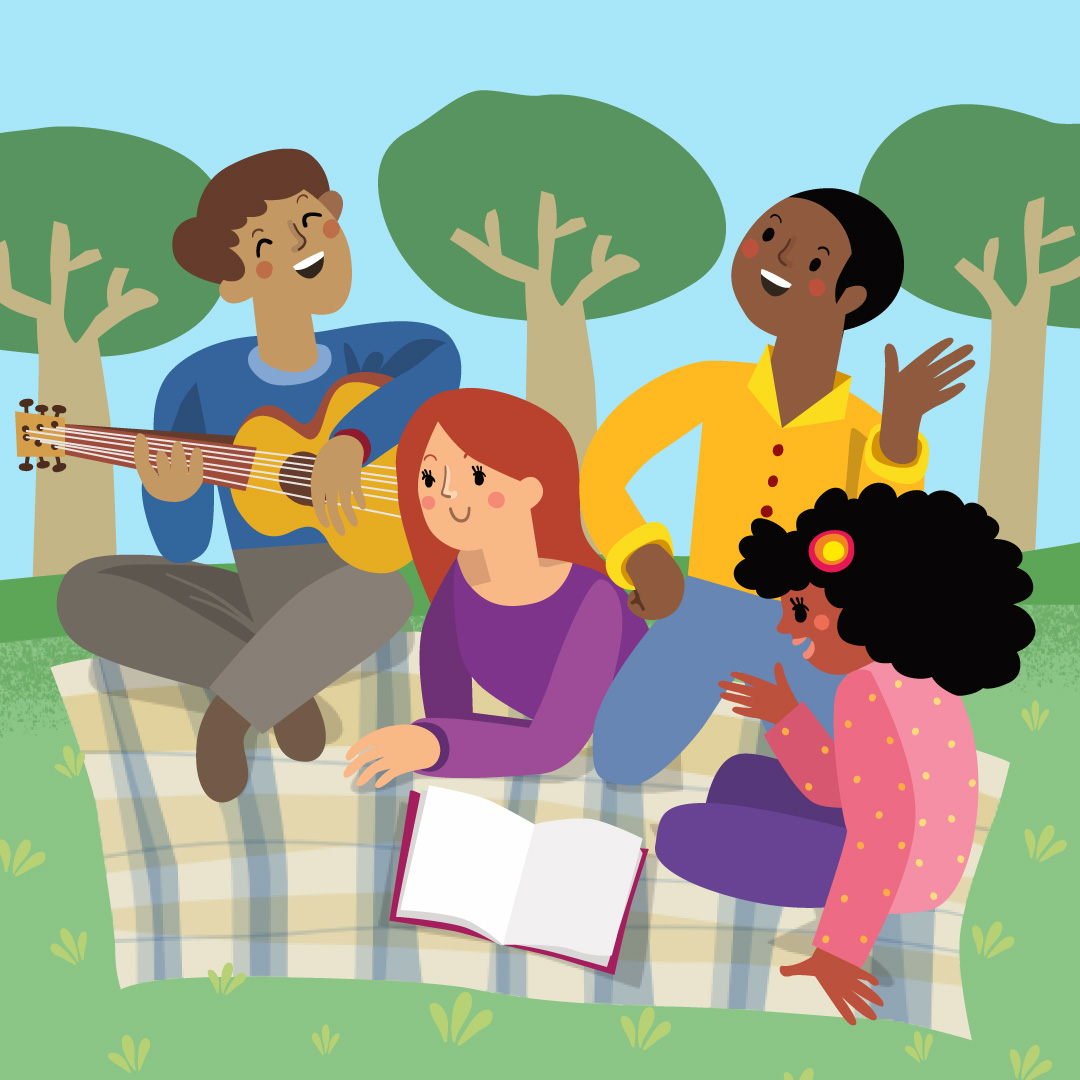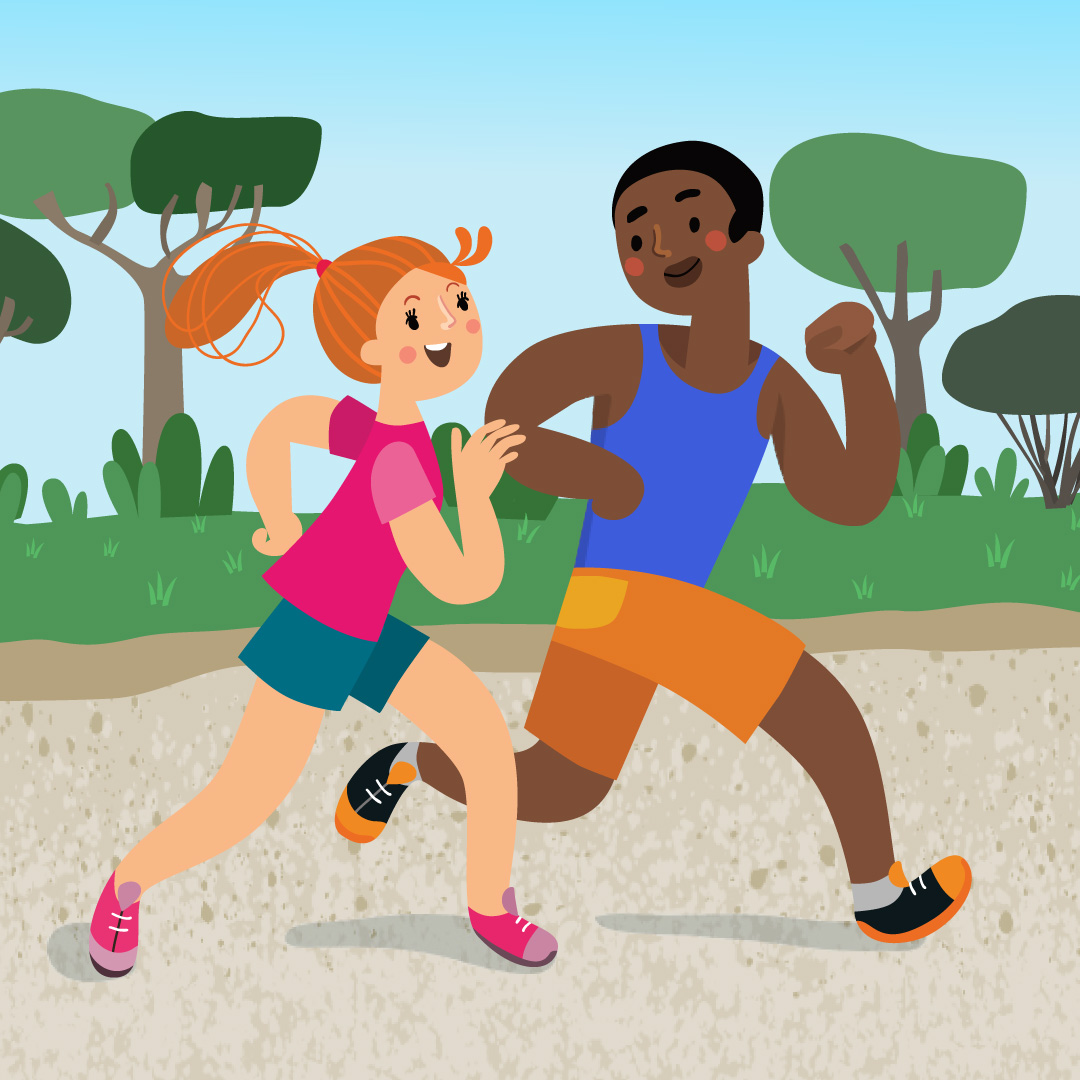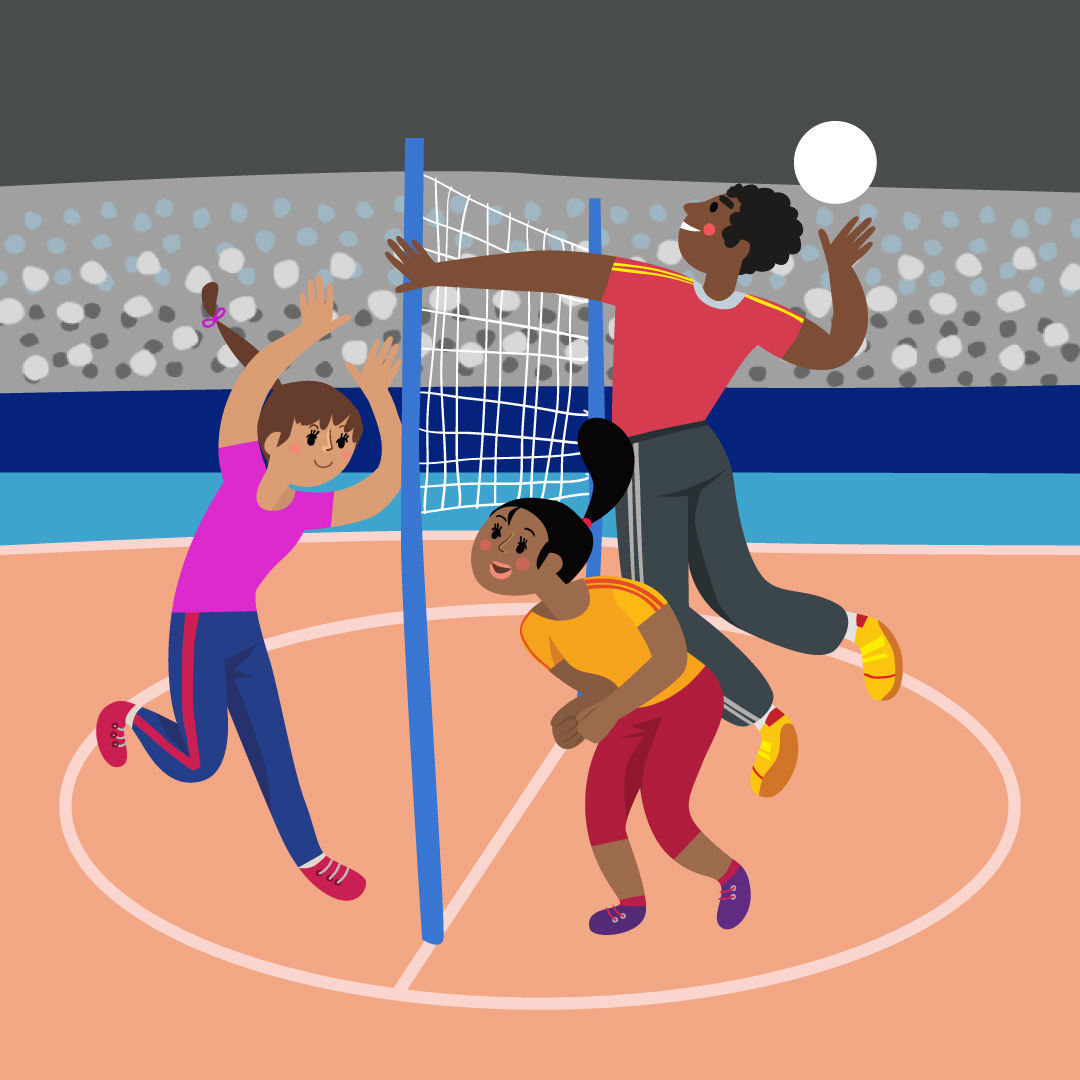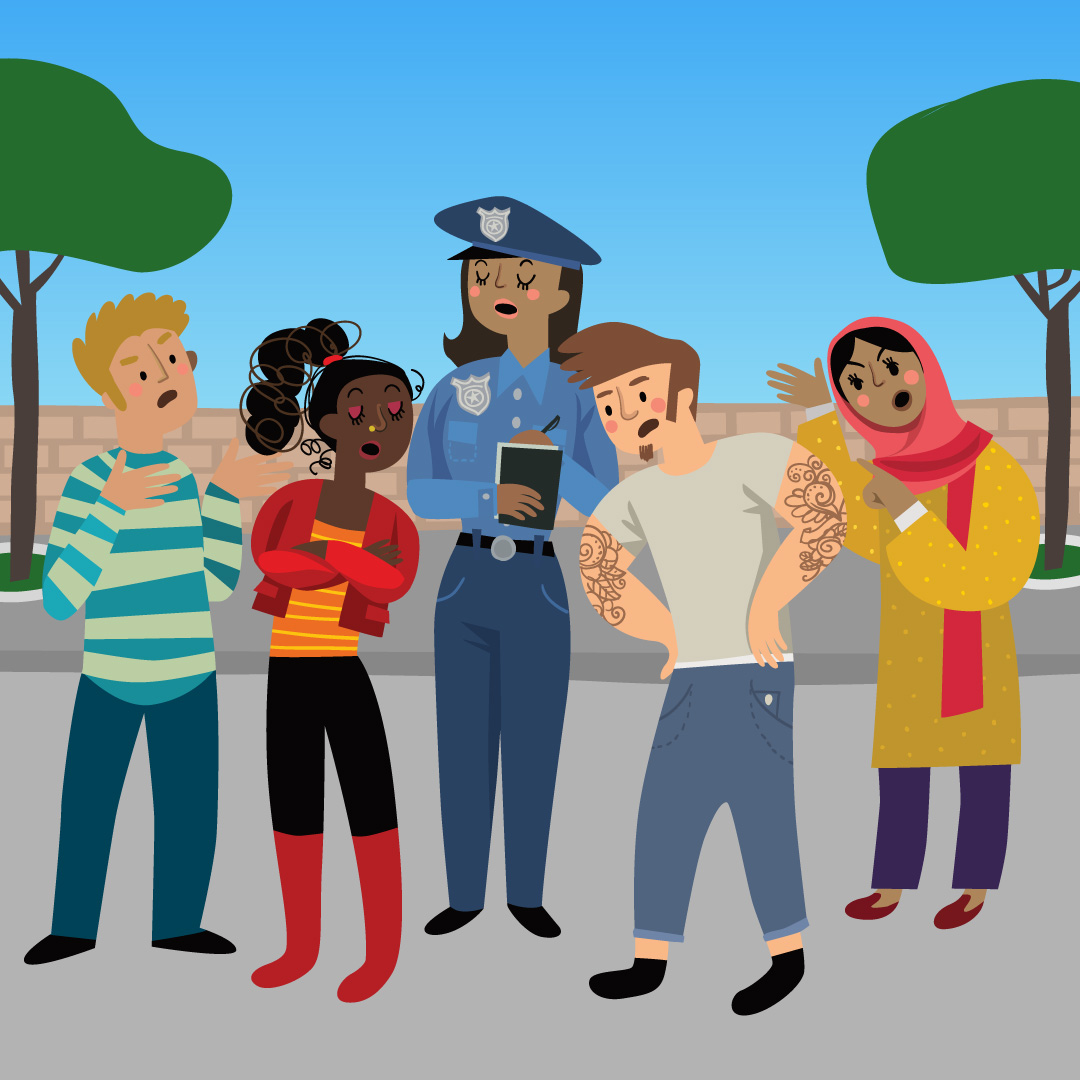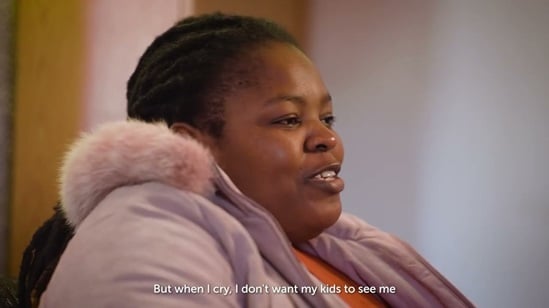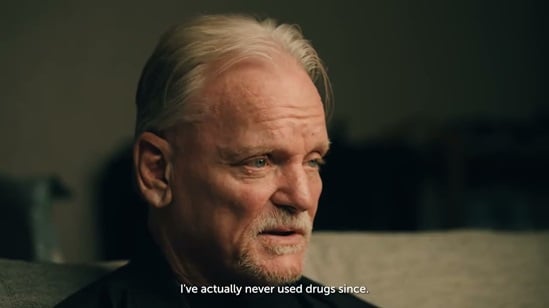Staying safe in adolescence and youth
Updated: 30 September 2022
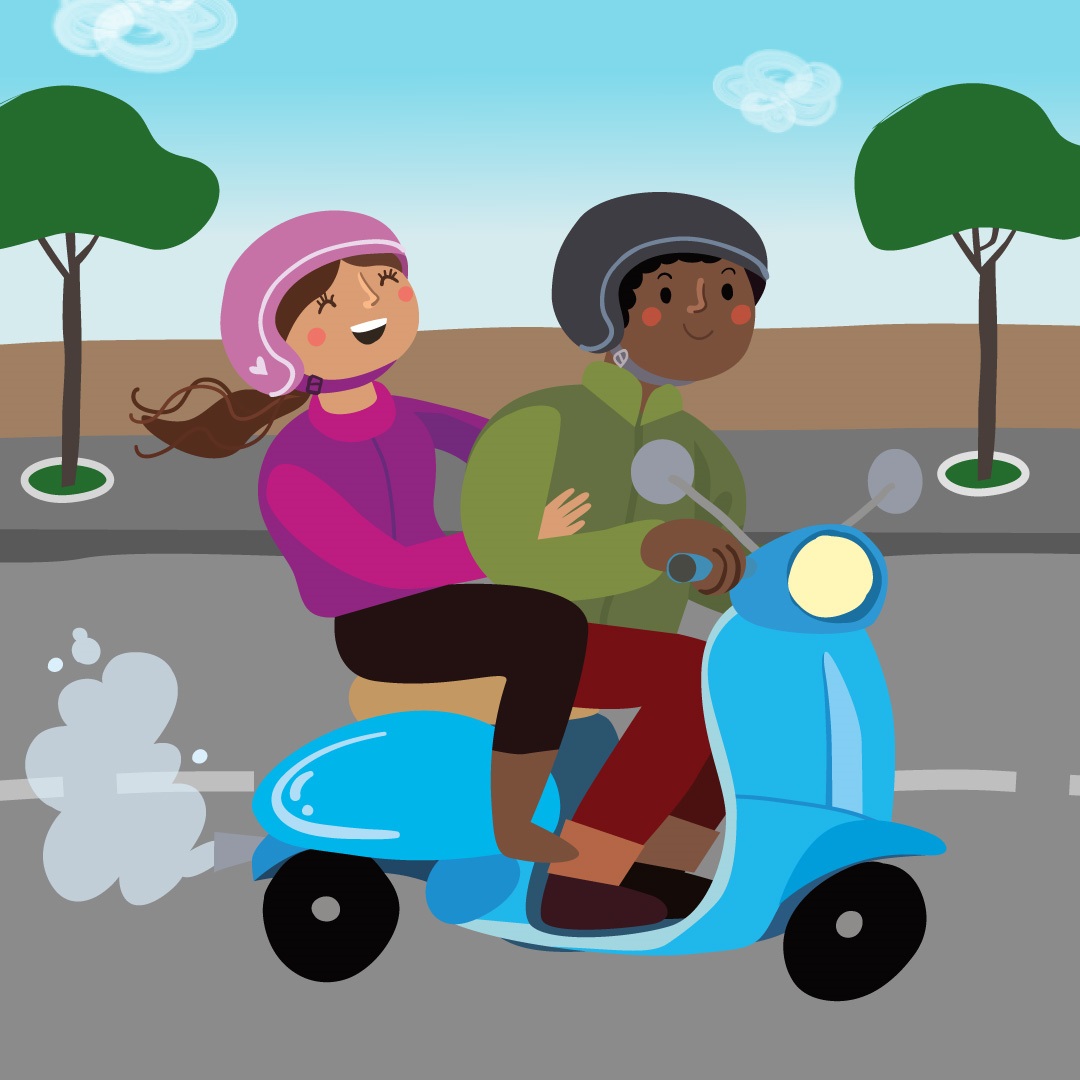
Manuela Leporesi
©
Credits
Tips and information
- Wear a seat belt when travelling in a car and a helmet when on bikes and motorbikes
- Learn to swim, particularly if living or playing near deep water
- Stay away from danger and conflict if possible
- Ask a trusted adult how to solve problems in peaceful ways
- Ask a trusted adult for help if experiencing violence or abuse
- Know that some practices can be harmful, such as female genital mutilation
- Seek help from a health worker if feeling very sad, anxious, exhausted, unable to cope or if you have thoughts about harming yourself
Related tips and information
Related rights
Videos & infographics
All →Question and Answers
All →Publications
All →Report of the 11th Meeting of the WHO Strategic and Technical Advisory Group of Experts for Maternal, Newborn, Child and Adolescent Health and Nutrition, 10–12 June 2025
WHO labour care guide: implementation resource package
From loneliness to social connection: charting a path to healthier societies
Social and behaviour change interventions for contraception and family planning
Related health topics

